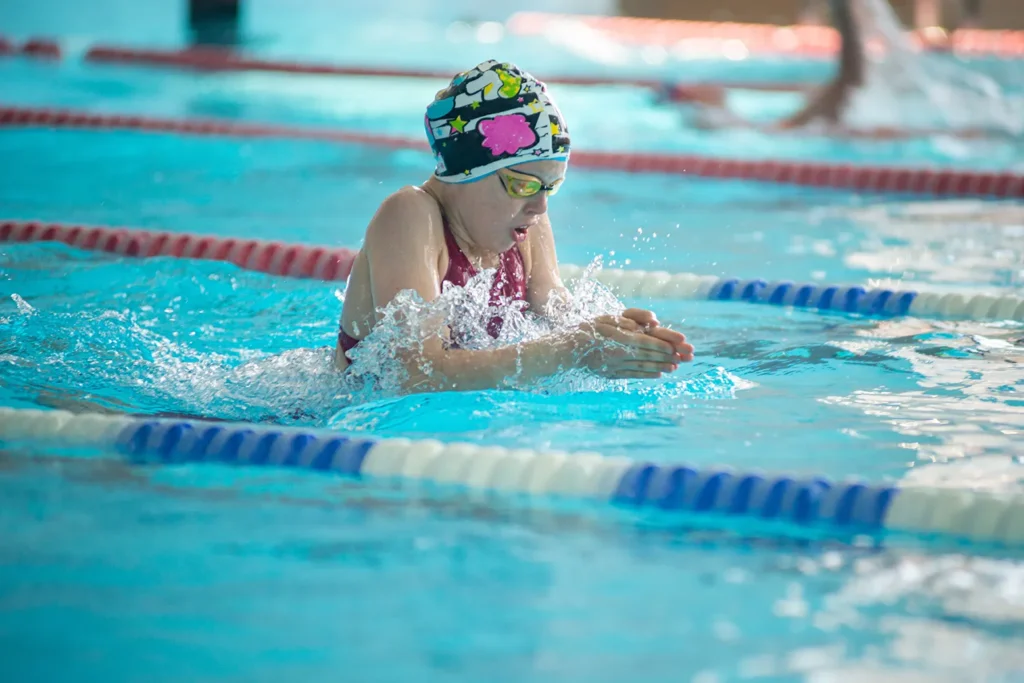What Is An Overuse Injury?
As a parent, seeing your child excel in sports is a source of pride. Still, it’s crucial to be aware of the risks associated with young athletes and injuries, particularly overuse injuries. An overuse injury is caused by repetitive stress on a particular body part due to frequent, intense activity without adequate rest, resulting in tissue damage or inflammation.
Overuse vs Sprain
While an overuse injury is caused by repetitive movements over time, a sprain is caused by a sudden, forceful movement, often causing pain, swelling, and limited joint mobility. A sprain involves the stretching or tearing of ligaments. Overuse injuries develop gradually, while sprains typically occur suddenly from acute trauma or impact.
Common Sports You’d Get An Overuse Injury In
Baseball, swimming, and running are sports that result most commonly in overuse injuries. Swimmers can experience shoulder injuries, especially in the rotator cuff, and lose their range of motion. Runners can get shin splints or stress fractures from the repetitive impact on the leg. Elbow injuries are predominantly seen in baseball players but are also present in other overhead athletes like tennis players and gymnasts.
Common Overuse Injuries in Throwing Athletes
Numerous types of overuse injuries can affect throwing athletes, ranging from muscle strains to tendonitis and even inflammation of growth centers, such as Little League elbow (apophysitis), an elbow injury impacting the bone and growth center around the elbow.
A common injury in baseball pitchers is the Tommy John elbow, where repetitive pitching can stress or tear the collateral ligament.
Factors Contributing to Elbow Injury
Elbow injuries can arise due to repetitive stress, poor mechanics, or inadequate rest. Factors such as early sports specialization and rapid growth during adolescence can significantly contribute to these injuries. Understanding the mechanics of a throwing motion is crucial in baseball, particularly in comprehending the distinct phases of a throw and the strain or stress each stage exerts on the elbow joint.
Treatment & Prevention
A combined approach involving physical examination, medical history, imaging tests, and sometimes specialized assessments is used to accurately diagnose an overuse injury in pediatric patients.
Addressing these injuries involves a multifaceted approach. Rest, anti-inflammatories, and compression can alleviate pain, but the body requires time to heal.
Overuse therapy encompasses physical therapy, playing a pivotal role in both recovery and the prevention of future injuries. It identifies weaknesses, particularly around the shoulder, that might impact the elbow. Physical therapy often includes stretching exercises.
A gradual return to activity after complete recovery, ensuring adequate rest (at least two days off per week), and listening to the body by avoiding throwing with pain are crucial steps toward a safe return to play.
Parents and coaches play essential roles in injury prevention. Encouraging a gradual increase in activity levels, implementing stretching routines, and ensuring adequate rest are vital. Coaches need to monitor and correct throwing mechanics to reduce strain on the elbow.
It is advised to limit specialization to a single sport, advocating for multi-sport participation before the age of 12. This not only prevents overuse injuries but also enhances overall sports performance.
Overuse therapy in physical therapy for a young baseball player typically involves a multifaceted approach, including:
- Strengthening: Focused exercises to strengthen the muscles around the shoulder and elbow while improving flexibility to ensure better stability and support for the joints.
- Technique Refinement: Correcting improper throwing techniques to minimize stress on the elbow and shoulder joints during the throwing motion.
– Gradual Return to Activity: A structured program to gradually reintroduce throwing activities, ensuring the player returns to the sport at an appropriate pace without risking reinjury.
– Education: Teach the player about proper warm-up routines, post-activity stretching, and the importance of listening to their body to prevent overuse.
– Monitoring and Adjustments: Regular monitoring of progress and adjustments to the therapy program as needed to address any ongoing issues or concerns.
Advice for Aspiring Pitchers
For children aspiring to pitch at higher levels, it’s crucial to emphasize self-awareness. Not ignoring pain or fatigue, even if it means taking a few months break, can be more beneficial in the long run than pushing through. Understanding the risks associated with overuse injuries in young athletes is crucial for parents and coaches alike in preventing overuse injuries. Implementing the right strategies, focusing on overall strength and mechanics, and allowing adequate rest can significantly reduce the risk of these injuries.
By fostering a balanced approach to sports and emphasizing individual well-being over pushing performance boundaries, parents and coaches can contribute significantly to the long-term health and success of young athletes.
Tailoring this advice to different sports and ensuring a balance between dedication and caution is vital. Taking care of the young athlete’s physical health today ensures they can enjoy their sport for years to come. If you suspect your child might have symptoms of an overuse sports injury, contact The Pediatric Orthopedic Center at (973) 538-7700 or by filling out the request an appointment form.



